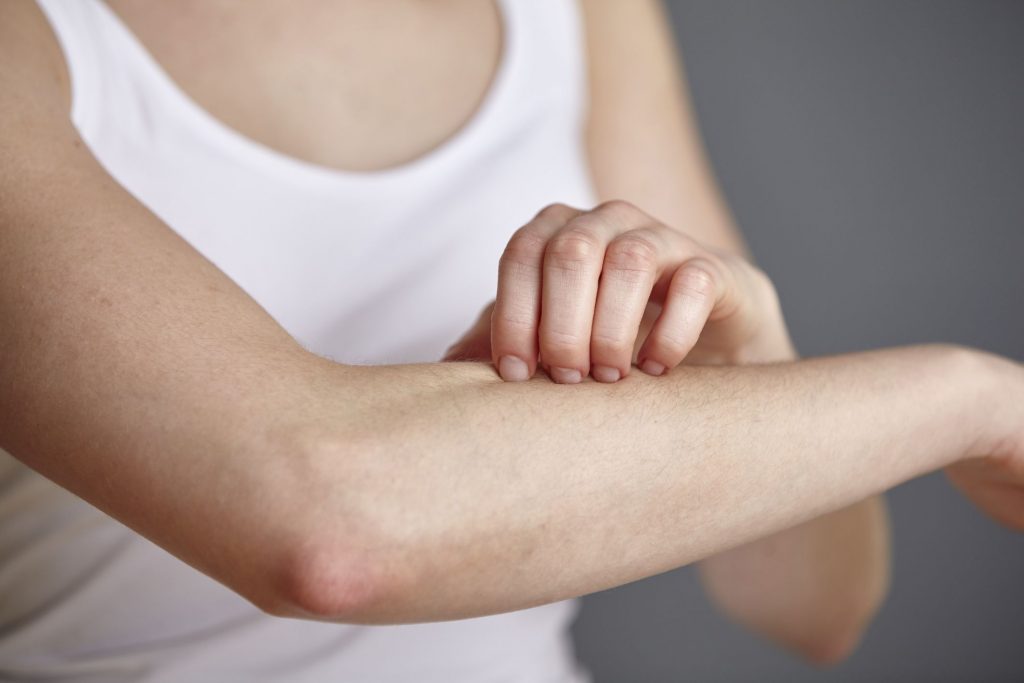FREE Shipping on Orders over $89 with Account – Create One Today!
- (844)-859-9400
- Get Help

Fungal infections are surprisingly common and, in most cases, relatively minor. Known as mycosis, fungal infections can occur anywhere along your body but have a higher likelihood of starting in a moist, warm or sweaty environment not exposed to air.
As such, fungal infections frequently involve the feet, groin, skin folds and mucous membranes. Reflecting this, some of the most common infections are athlete’s foot, ringworm, jock itch, yeast infections and oral thrush.
In their early stages, a fungal infection is fairly treatable and can be done so from home with over-the-counter products.
Is that a fungal infection — or are you dealing with a rash or other form of skin irritation?
Fungi can be found all over, including surfaces around your home, on plants, in any dirt you track in and even naturally on your skin. Under certain conditions, the presence of fungi can lead to the development of red, scaly patches or bumps on the skin. Oftentimes, that discolored area also feels itchy.
You may be dealing with a fungal infection on the skin if:
– You spot patches of redness.
– The skin itches.
– Any patches have a bumpy, scaly appearance.
– The skin shows signs of swelling or blistering.
While fungi are all around us, you have a higher likelihood of experiencing an infection if:
– You sweat profusely.
– You live in a wet or damp environment.
– You’re negligent with hygiene and don’t keep your skin clean and dry.
– You share clothing, towels, shoes and linens with other members in your household.
– Your clothing doesn’t let your skin breathe.
– You participate in activities, like certain sports, involving close physical contact.
– You’re in contact with animals.
– Medical treatments or conditions have weakened your immune system.
Before you seek medical treatment, you’re recommended to try an over-the-counter antifungal solution. These come in the form of creams and ointments, powders, sprays, oral medications, or shampoo, depending upon the area with the infection.
After starting to use an OTC antifungal product, observe the area over the next few days. At the same time, to help lessen the infection, be sure to:
– Air out that area of your skin and keep it dry.
– Practice good hygiene.
– Wear loose-fitting clothing.
– Avoid sharing towels, shoes and clothing.
– Change your clothing every day, and avoid re-wearing old, dirty items, especially socks and undergarments.
– Consider using sandals or flip-flops when you take a shower, especially if you’re using a shared facility.
– Wipe down common surfaces, particularly in a gym.
You may want to seek medical attention if:
– The infection shows no sign of improvement.
– You have started experiencing hair loss.
– You live with diabetes or another condition that compromises your immune system.
Sources:
https://www.webmd.com/skin-problems-and-treatments/guide/fungal-infections-skin
https://www.healthline.com/health/fungal-skin-infection
https://www.medicalnewstoday.com/articles/317970
